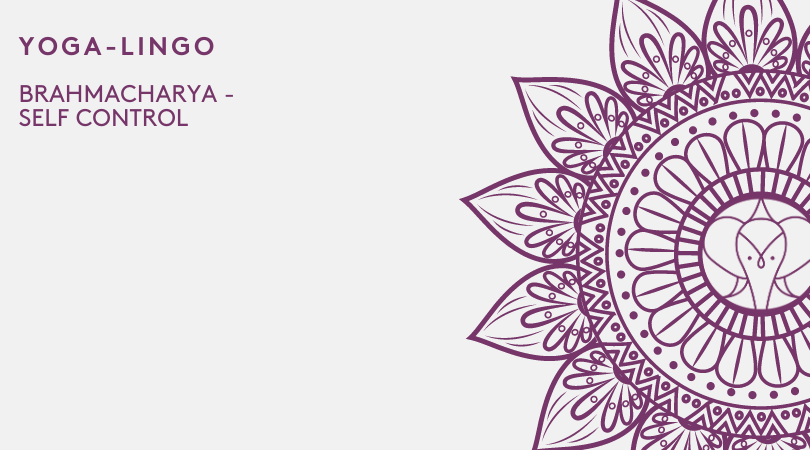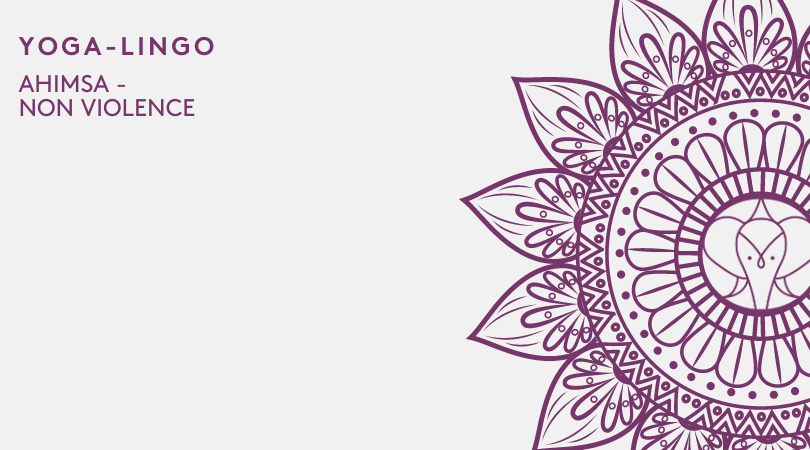Garudasana - Eagle pose
This pose is known to be the one that opens up 14 big joints in the skeletal system. It is named after Garuda which in the Hindu mythology is recognized as the king or birds or the devourer. The Garuda was thought to have a white body, golden body, red wings, and a curved beak. Garudasana, Eagle pose is a challenging pose where the weight of the body is balanced on one leg.
Garuda translates to Eagle and Asana is posture, therefore, the English name translates to Eagle Pose.
Garudasana Step by step
Step 1: Begin by standing in Mountain pose. Keep your feet close together.
Step 2: Slightly bend your knees and then lift your left leg bringing it over the right leg. This means you will be balancing your body on the right leg. Place the left thigh over the right thigh.
Step 3: Wrap the shin of the left leg over the calf of the right leg so you get a good lock on the right leg. Your body should now be balanced on the right leg.
Step 4: Raise your arms out in front of you parallel to the floor and with the palms facing upwards. Curl your arms placing the right arm over the left one. After you get a good curl bend the elbows so that the forearms and the back are perpendicular to each other. the forearms are now perpendicular to the floor.
Step 5: rest the fingers of the left arm firmly on the palm of your right hand. Keeping your spine erect and holding your balance, put your gaze forward and focus on an item in front of you. Hold the position for a set time as you take deep breaths.
Step 6: to return to position first release the arms and then slowly the legs bringing yourself up to standing position. Repeat the process balancing yourself on the left foot.
Modifications
For beginners, it might be difficult to find balance when doing the pose. You might start out by standing with your back to the wall for support and balance.
Preparatory poses
Adho mukha svanasana, gomukhasana, prasarita padottanasana, supta virasana, supta baddha konasana, upavishta konasana, vrksasana and virasana.
Follow up poses
It is usually used in the sequence for standing poses and towards the end. The follow-ups might include; Gomukhasana, Utkatasana, and Vrksasana.
Benefits
Strengthens the ankles
Increases flexibility in the shoulder joints
Stretches calves, shoulders, upper back, hips, and thighs
Strengthens the calves
Improves posture and balance
Enhances concentration.
Drishti
Forward.
Variations
The forward bend eagle pose is the best variation to this pose. This pose is more challenging. To do the forward bend first get into the position of the Garudasana. After attaining the position exhale and then lean forward until your forearms touch the thighs. Hold for a few breaths then move back up.
Pose type
Standing pose
Beginner tips
Try to squeeze and curl the limps together tightly to find your balance.
If unable to find your balance you can start by just crossing your legs with the big toe of the leg that goes back firmly touching the ground for support. Lift the leg up eventually as you gain balance.
Beginners also find it difficult to wrap the hands-on well so that the fingers of one hand lie on the palm of the other. You can use a strap to help you curl your hands as much as possible.









